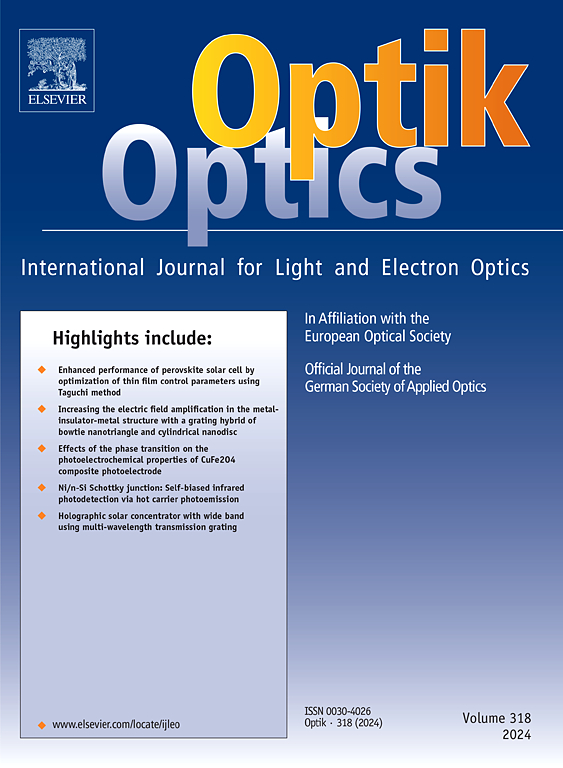Secure image encryption using Rubik’s Cube-based scrambling with chaos-driven diffusion and circular shifts
IF 3.1
3区 物理与天体物理
Q2 Engineering
引用次数: 0
Abstract
The increasing exchange of multimedia content in the digital era demands reliable image encryption techniques to ensure data privacy and security. This paper presents an image encryption method that integrates Rubik’s Cube-inspired scrambling with a chaos-based diffusion process to provide strong security while maintaining computational efficiency. The scrambling stage is implemented using iterative modulo-two operations that determine left or right circular shifts for rows and columns, and these operations are deterministic without the involvement of chaotic sequences in controlling their direction or magnitude. In the diffusion stage, logistic-map-generated keys modify pixel intensity values through XOR operations. Comprehensive security analyses, including entropy, NPCR, UACI, correlation coefficients, SSIM, PSNR, chi-square, and NIST statistical test suite assessments, demonstrate strong cryptographic performance. The proposed method achieves an entropy value of 7.99, an NPCR greater than 0.994, and a UACI greater than 0.32, while the correlation coefficients of the encrypted images approach zero in all orientations. Histogram analysis shows a nearly uniform distribution, and low structural similarity and peak signal-to-noise ratio values confirm strong encryption with accurate decryption. This approach effectively balances implementation simplicity, security strength, and suitability for real-time hardware applications such as FPGA-based systems.
使用基于混沌驱动扩散和圆移位的魔方置乱的安全图像加密
在数字时代,多媒体内容的交换日益增加,需要可靠的图像加密技术来确保数据的隐私和安全。本文提出了一种将魔方式置乱与基于混沌的扩散过程相结合的图像加密方法,在保证计算效率的同时提供强大的安全性。置乱阶段使用迭代模二操作来实现,该操作确定行和列的向左或向右圆周移位,并且这些操作是确定性的,而不涉及混沌序列来控制其方向或幅度。在扩散阶段,逻辑地图生成的键通过异或操作修改像素强度值。全面的安全分析,包括熵、NPCR、UACI、相关系数、SSIM、PSNR、卡方和NIST统计测试套件评估,展示了强大的加密性能。该方法的熵值为7.99,NPCR值大于0.994,UACI值大于0.32,加密图像各方向的相关系数均接近于零。直方图分析显示其分布几乎均匀,结构相似度和峰值信噪比值较低,证实了强加密和准确解密。这种方法有效地平衡了实现的简单性、安全性和实时硬件应用(如基于fpga的系统)的适用性。
本文章由计算机程序翻译,如有差异,请以英文原文为准。
求助全文
约1分钟内获得全文
求助全文
来源期刊

Optik
物理-光学
CiteScore
6.90
自引率
12.90%
发文量
1471
审稿时长
46 days
期刊介绍:
Optik publishes articles on all subjects related to light and electron optics and offers a survey on the state of research and technical development within the following fields:
Optics:
-Optics design, geometrical and beam optics, wave optics-
Optical and micro-optical components, diffractive optics, devices and systems-
Photoelectric and optoelectronic devices-
Optical properties of materials, nonlinear optics, wave propagation and transmission in homogeneous and inhomogeneous materials-
Information optics, image formation and processing, holographic techniques, microscopes and spectrometer techniques, and image analysis-
Optical testing and measuring techniques-
Optical communication and computing-
Physiological optics-
As well as other related topics.
 求助内容:
求助内容: 应助结果提醒方式:
应助结果提醒方式:


